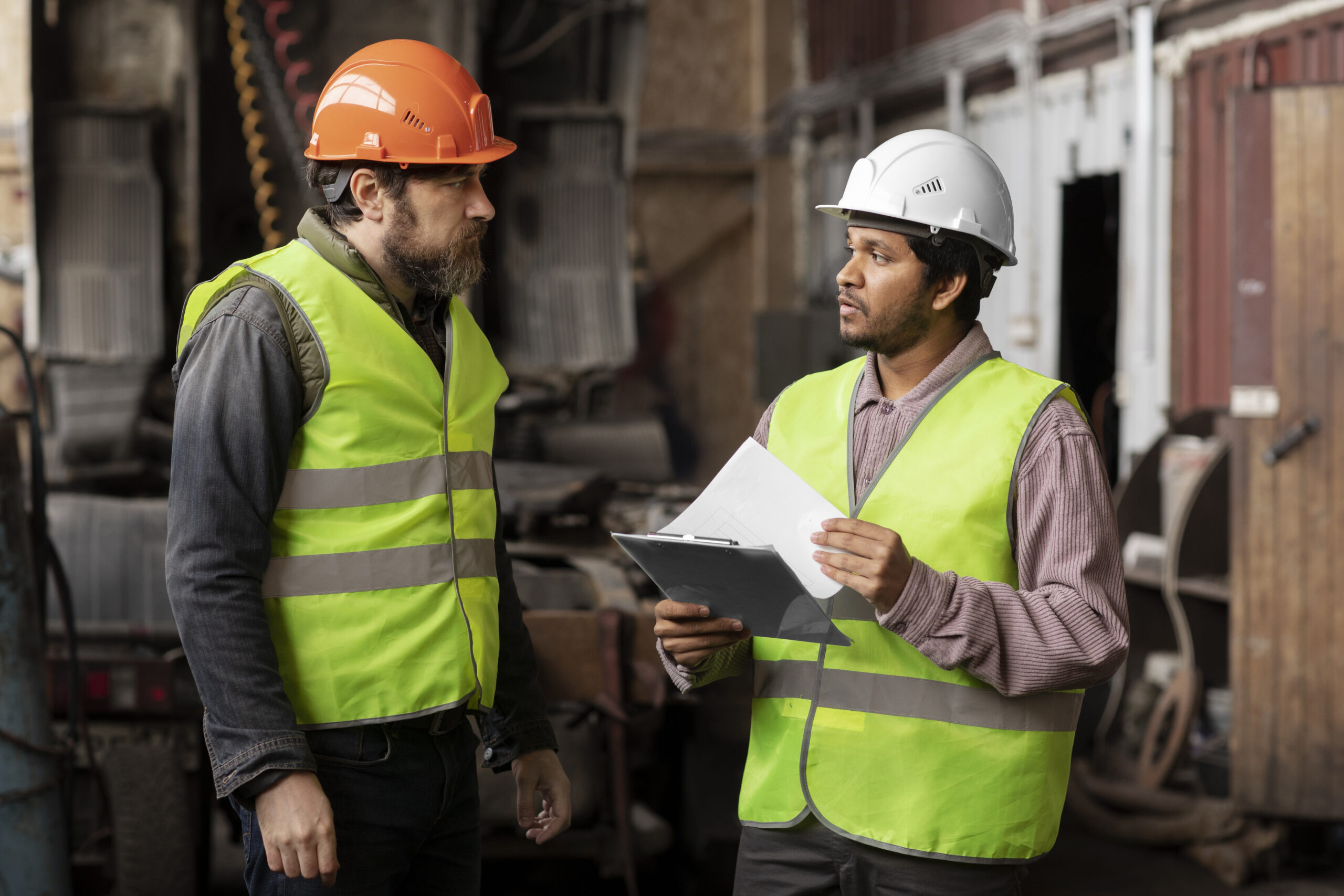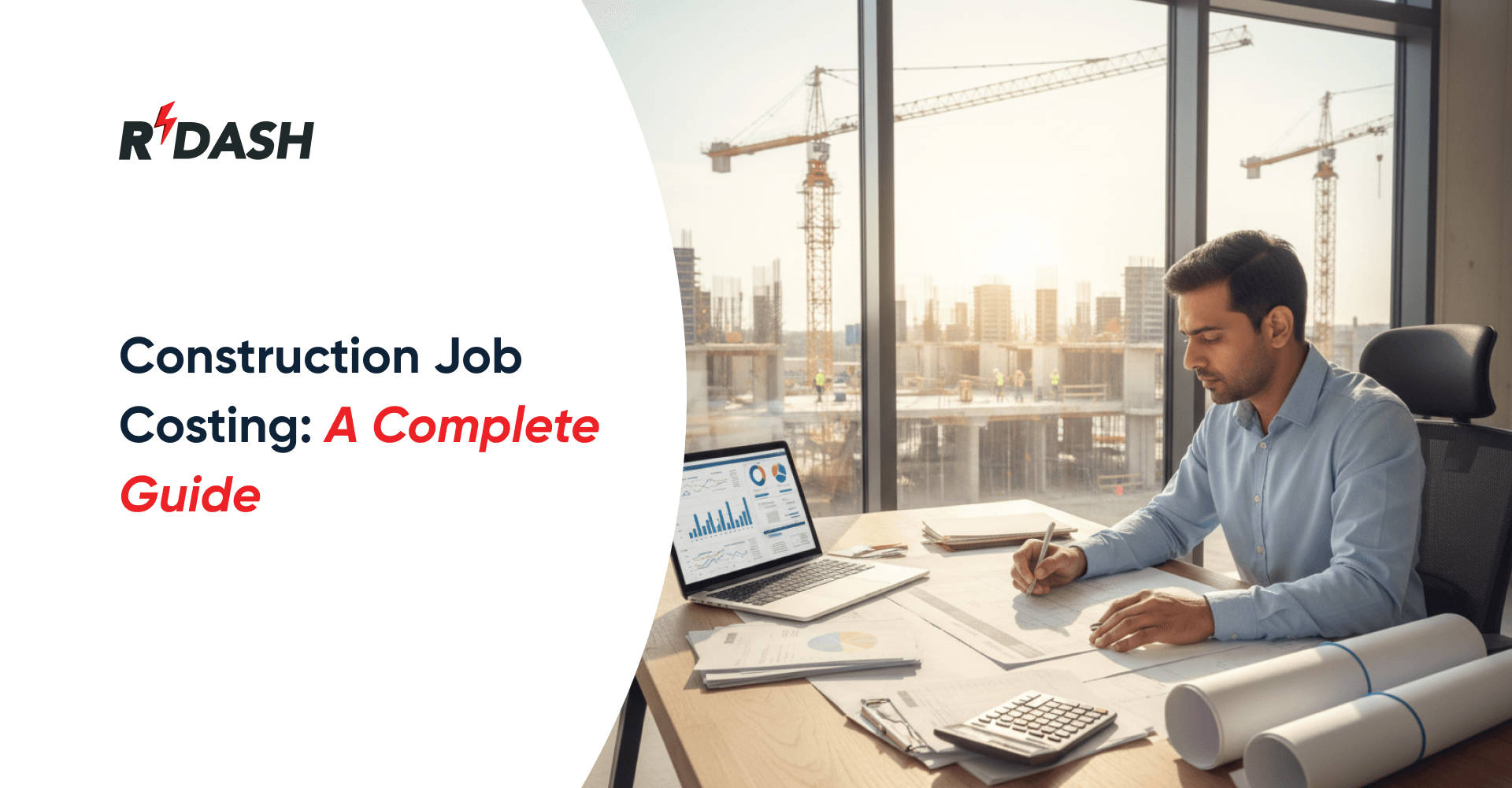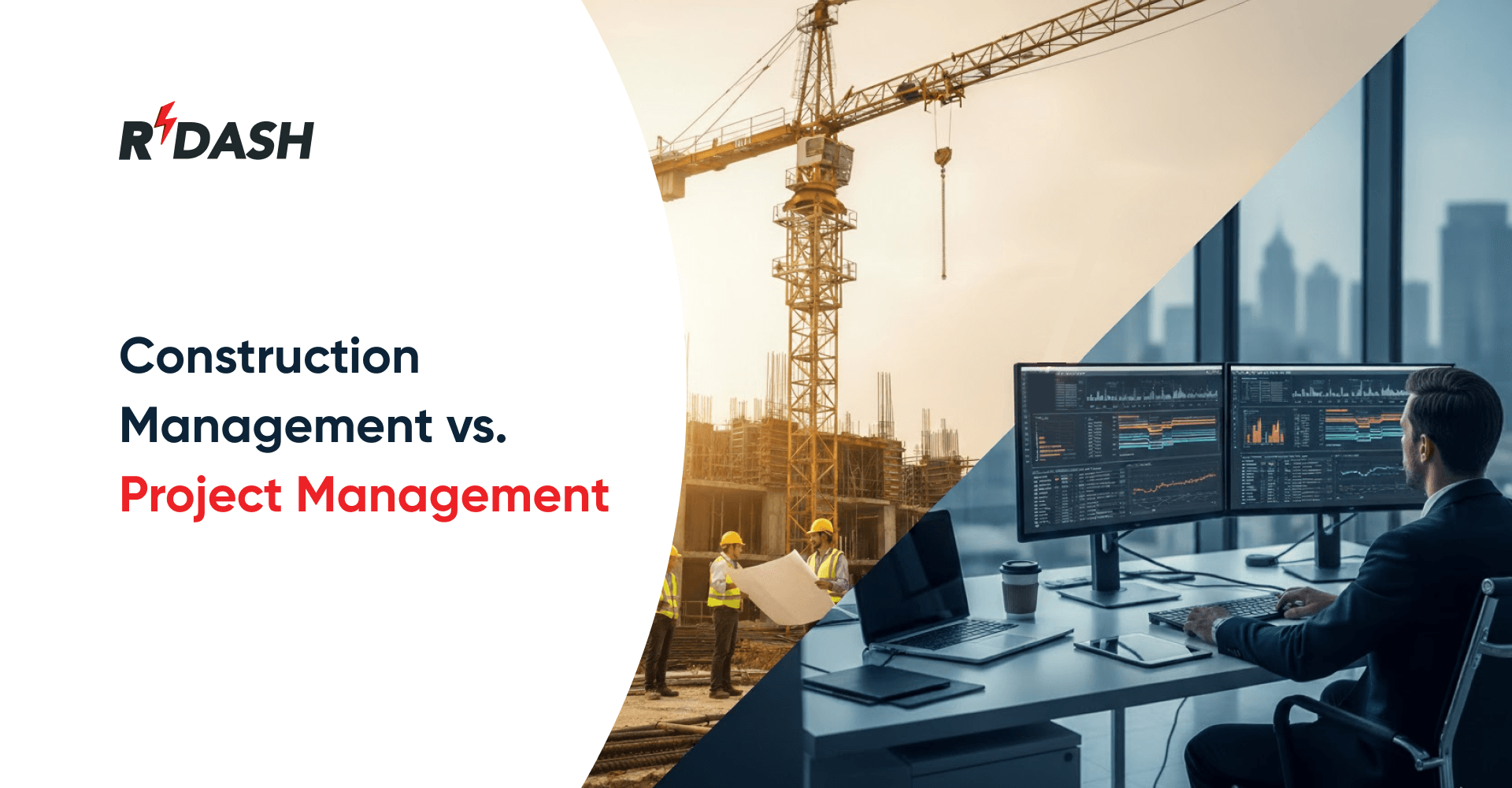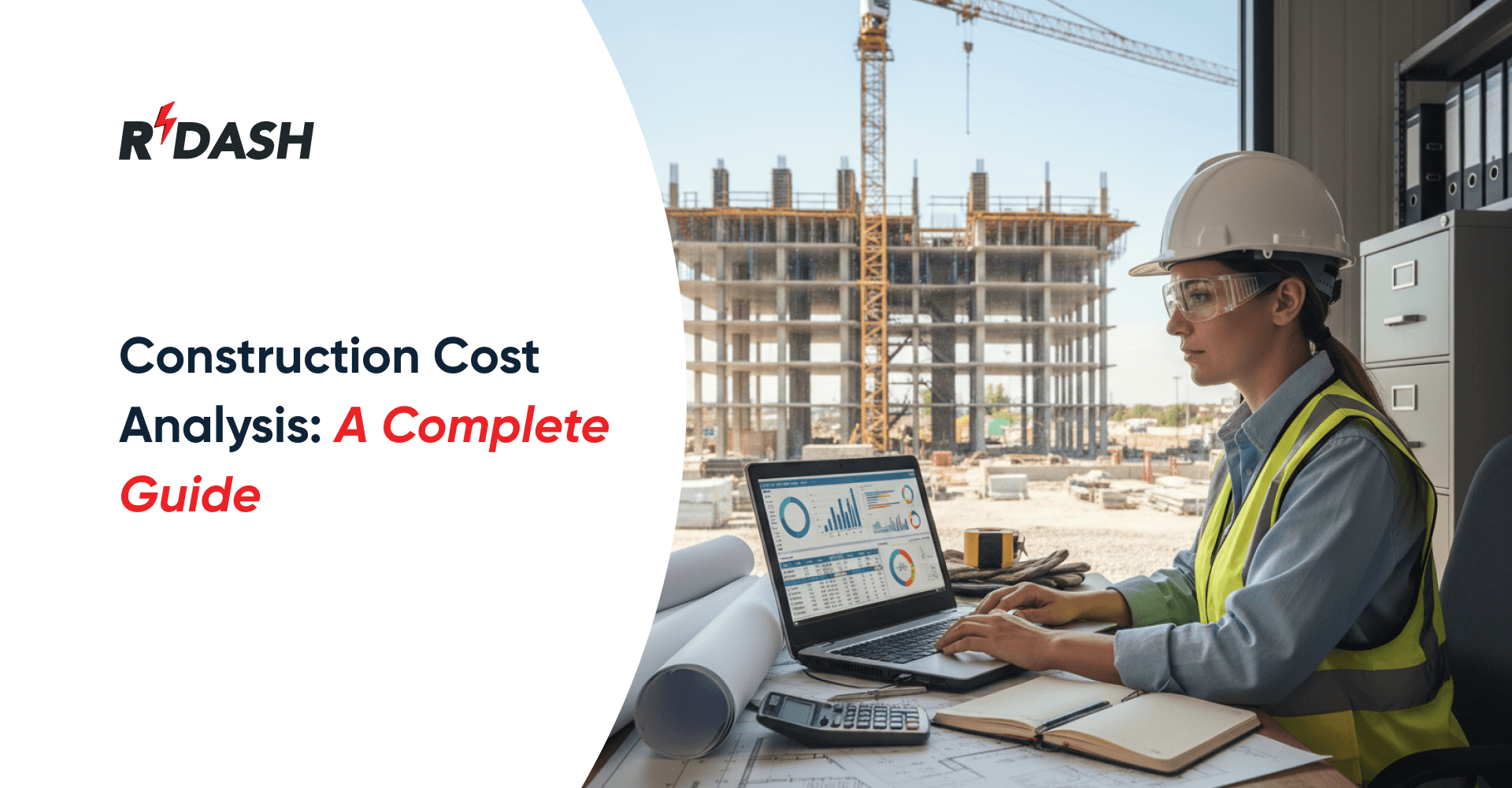What is construction site safety?
Construction site safety refers to the practices, guidelines, and regulatory requirements designed to protect workers, visitors, and the public from injuries and hazards inherent in construction environments. Comprehensive safety strategies safeguard against many dangers, from debris falling from heights to equipment malfunctions and dangerous chemical exposure.
Safety on construction sites is always changing; it adapts as the building project progresses through different stages and faces new challenges. The aim is to maintain a workplace where accidents are uncommon and every worker feels safe and secure.
12 Construction site safety rules and regulations
- Comprehensive Training: Every worker must receive training specific to their role and responsibilities, including handling equipment and understanding emergency procedures.
- Wearing Personal Protective Equipment (PPE): Helmets, safety goggles, gloves, and appropriate footwear should be worn at all times to minimize the risk of injury.
- Regular Safety Meetings: Hold daily or weekly safety briefings to discuss ongoing activities, potential hazards, and preventive measures.
- Clear Signage: Use signs to warn of specific dangers, like open excavations, overhead loads, or hazardous materials. Visibility of these signs is crucial.
- Maintain Clean and Orderly Work Areas: Keep work areas free of clutter to prevent trips and falls. Proper organization also enhances efficiency.
- Proper Use of Tools and Machinery: Workers should only operate machinery or tools they are trained and authorized to use, and regular maintenance checks should be enforced to ensure they are safe to operate.
- Strict Adherence to Electrical Safety Practices: Ensure all electrical installations are up to code and that workers understand how to handle electrical hazards.
- Alcohol and Drug-Free Policy: Impairment on the job can lead to serious accidents. Enforcing a strict no-alcohol and no-drug policy is essential.
- Emergency Preparedness: Regularly update and practice emergency procedures, including evacuations, first aid, and fire safety protocols.
- Reporting and Addressing Hazards: Encourage a culture where workers promptly report unsafe conditions and where those reports are addressed swiftly.
- Traffic Control Systems: For sites that interact with public roads, implement effective traffic control measures to protect both workers and the public.
- Mental Health Support: Recognize the mental strain construction work can put on employees and provide access to mental health resources and support.

Top 4 common construction site hazards
Industry faces significant construction site safety challenges, evidenced by the high rates of injuries and fatalities. In 2022, it reported 169,600 injuries and illnesses, marking it as one of the most injury-prone sectors. This statistic highlights the persistent need to improve worker safety against the backdrop of inherent industry hazards.
The most lethal dangers in construction—known as the “Fatal Four”—include falls, being struck by objects, electrocutions, and getting caught in or between objects. These hazards are the primary culprits behind the majority of deaths on construction sites. For example, in 2022, falls were a major contributor to the death toll among construction workers, underscoring the critical need for effective safety measures and rigorous enforcement to mitigate these risks.
10 Best practices to improve construction site safety
Construction sites can be hazardous places, but with the right safety practices, these risks can be significantly reduced. Prioritizing safety not only helps in preventing injuries but also boosts overall productivity and morale. Here are ten best practices aimed at enhancing safety on construction sites:
- Prioritize Safety from the Start: Incorporate safety into the planning stage of any project. This proactive approach ensures that safety is a key consideration throughout the construction process.
- Continuous Safety Training: Provide ongoing training for all employees, from basic safety protocols to advanced courses for specific equipment. Keeping training sessions regular and up-to-date can prevent accidents and increase safety awareness.
- Use of Personal Protective Equipment (PPE): Ensure all workers are equipped with the necessary PPE, including helmets, safety goggles, gloves, and boots. Regular checks should be made to ensure these items are used properly and are in good condition.
- Implement a Safety Communication Plan: Establish clear communication channels for reporting hazards, injuries, or any safety concerns. Regular safety meetings should be held to discuss issues and updates.
- Maintain a Tidy Workplace: Keep construction sites free of debris and well-organized. Clear walkways and properly stored materials reduce the risk of falls and other accidents.
- Routine Safety Audits: Regularly inspect the site to ensure compliance with safety standards and protocols. These audits help identify potential hazards before they result in injuries.
- Encourage a Safety Culture: Foster an environment where safety is everyone’s responsibility. Encouraging workers to look out for each other and to speak up about unsafe conditions can create a safer workplace.
- Manage Stress and Fatigue: Recognize that long hours and demanding work can lead to fatigue, which can compromise safety. Managing workloads and schedules to allow for adequate rest can help mitigate this risk.
- Use Technology to Enhance Safety: Leverage technology such as wearables that can monitor health signs or apps that can track safety compliance. Technology can also be used for better training through virtual reality simulations.
- Review and Learn from Incidents: When accidents do occur, conduct thorough investigations to understand what went wrong and why. Learning from these incidents is crucial for preventing future occurrences.
Construction site safety checklist
This checklist is key for ensuring that all workers on a construction site are equipped with the necessary safety gear and that all safety equipment is in good working order, helping to prevent workplace injuries and accidents.
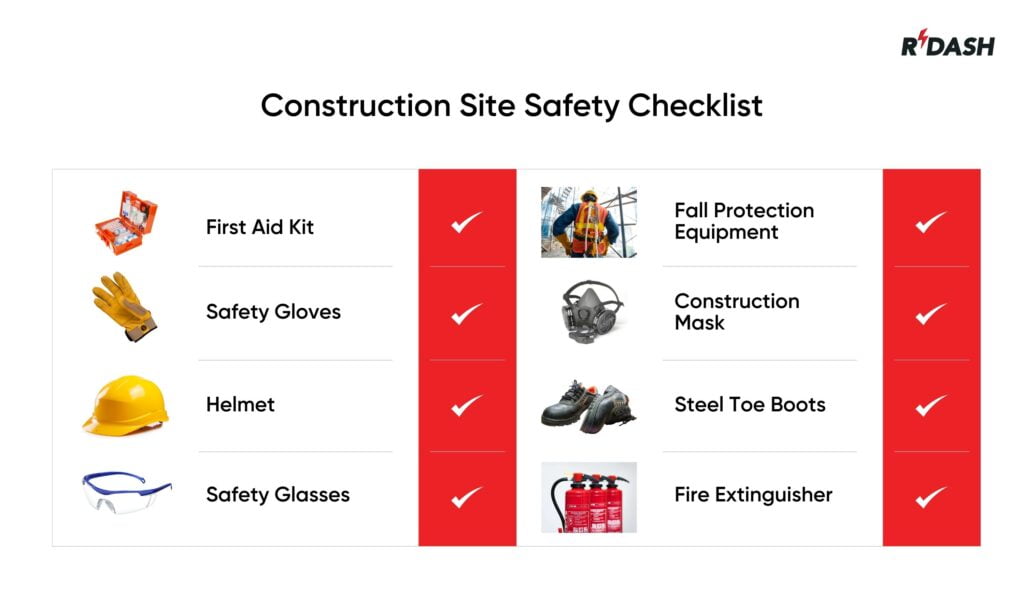
Construction First Aid Kit
Make sure the kit has all the essentials like bandages, antiseptics, and burn treatments, and that it’s easy for everyone to find and use.
Hand Protection
Supply various types of gloves suitable for different tasks, such as handling chemicals or heavy construction materials. Regularly check the gloves for any damage.
Hard Hats
Provide hard hats for all workers and ensure they meet safety standards. Replace any that are damaged or worn out.
Safety Glasses
All workers should wear safety glasses with side shields to protect against debris. Check that the glasses are comfortable and provide clear vision.
Fall Protection Equipment
Include gear like harnesses and lanyards, and make sure they are in good condition and properly fitted for each worker.
Construction Masks
Offer masks that can filter out harmful dust and particles. Make sure they fit well and are worn correctly when needed.
Steel Toe Boots
Require steel-toe boots to protect against falling objects and punctures. Ensure that the boots comply with safety standards and are well-maintained.
Fire Extinguisher & Equipment
Install fire extinguishers at accessible spots around the site and train workers on how to use them. Regular maintenance is crucial.
This checklist is designed to ensure all workers have the necessary protection and safety measures are in place to prevent accidents and injuries on construction sites.

